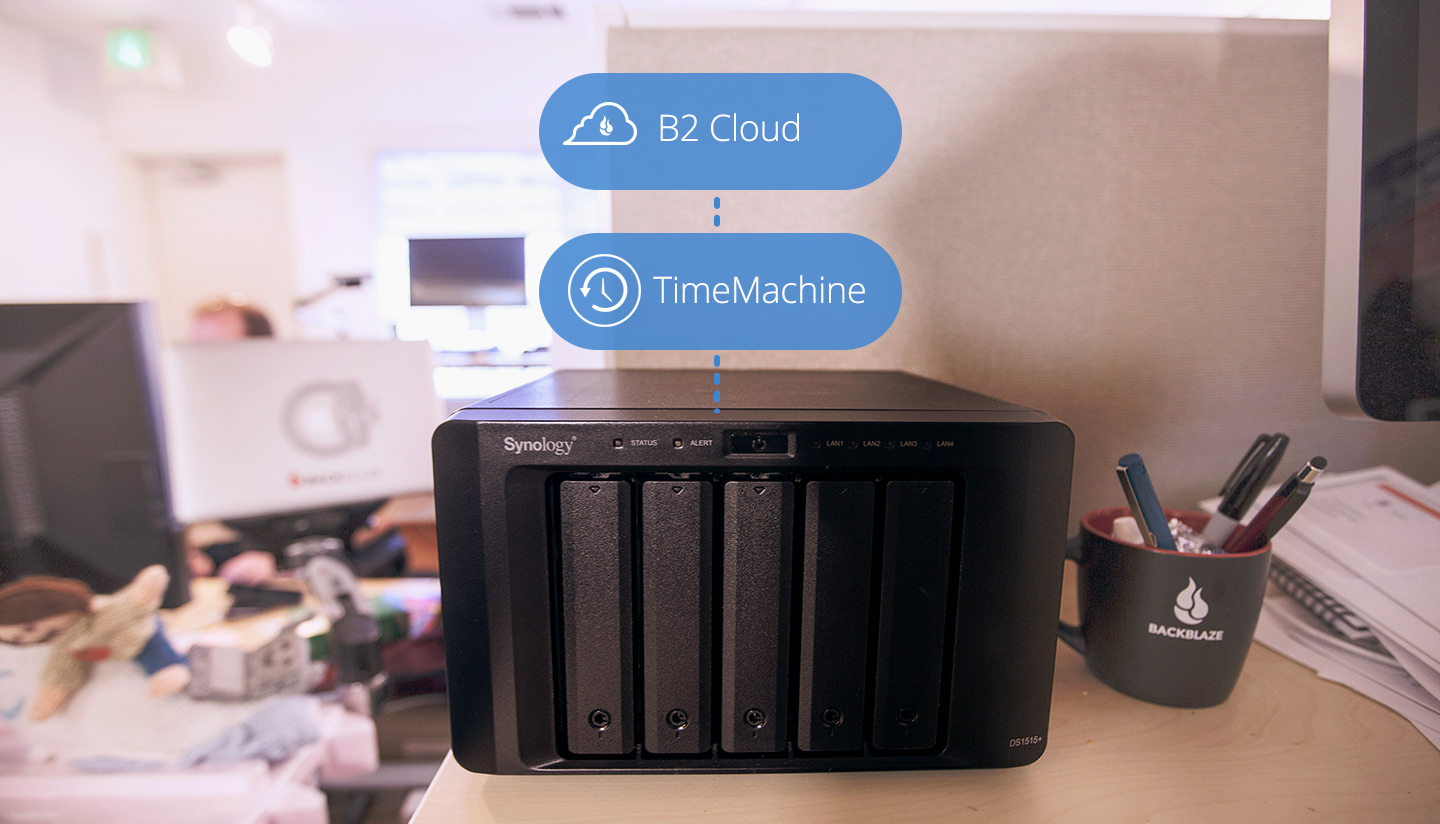Jun 19, 2018 If you’re installing a new hard drive, or your Mac is completely messed up, you might think it’s time for a fresh installation of macOS. But if you’ve got a Time Machine backup, that’s not necessary: you can fully restore your Mac, and have all your applications and files exactly as you left them. Related: How to Move Your User Data to a New Mac without Time Machine. Troubleshooting the Problem. Uncheck the box next to “Back Up Automatically” in the Time Machine preference window. This will disable Time Machine and stop any backup processes.
- Restore Mac Using Time Machine
- Mac Time Machine Restore Application
- Mac Time Machine Restore Mail
- Restore Data From Time Machine To New Mac
You can use Time Machine, the built-in backup feature of your Mac, to automatically back up all of your files, including apps, music, photos, email, documents, and system files. When you have a backup, you can restore files from your backup if the original files are ever deleted from your Mac, or the hard disk (or SSD) in your Mac is erased or replaced.
Restore Mac Using Time Machine
Browse to folder you want to restore from time machine on your new macos. Open time machine from applications, it opens multiple windows, which are various backed up version of folder opened in. Jul 01, 2019 Time Machine is the built-in backup feature of your Mac. Here's how to use it if you ever need to recover an old or deleted file. To learn more about this topic visit the following articles: How. Apr 22, 2019 Part 2: How to restore from Time Machine to a new Mac. Time Machine is also a useful file transfer when you upgrade to a new Mac computer. It will migrate all your file, settings and preferences from an old Mac to a new one. Step 1 Plug the backup drive into your old machine, open System Preferences, hit Time Machine and then Back Up Now to.
/001-transfer-apple-mail-to-new-mac-2260915-c8178d4e48ef4c51960ee2790d24fef4.jpg)
Create a Time Machine backup
Mac Time Machine Restore Application
To create backups with Time Machine, all you need is an external storage device. After you connect the device and select it as your backup disk, Time Machine automatically makes hourly backups for the past 24 hours, daily backups for the past month, and weekly backups for all previous months. The oldest backups are deleted when your backup disk is full.
Connect an external storage device
Connect one of the following external storage devices, sold separately. Learn more about backup disks that you can use with Time Machine.

- External drive connected to your Mac, such as a USB, Thunderbolt, or FireWire drive
- External drive connected to an AirPort Extreme Base Station (802.11ac model) or AirPort Time Capsule
- AirPort Time Capsule
- Mac shared as a Time Machine backup destination
- Network-attached storage (NAS) device that supports Time Machine over SMB
Mac Time Machine Restore Mail
Select your storage device as the backup disk
When you connect an external drive directly to your Mac, you might be asked if you want to use the drive to back up with Time Machine. Select Encrypt Backup Disk (recommended), then click Use as Backup Disk.
An encrypted backup is accessible only to users with the password. Learn more about keeping your backup disk secure.
If Time Machine doesn't ask to use your drive, follow these steps to add it manually:
- Open Time Machine preferences from the Time Machine menu in the menu bar. Or choose Apple () menu > System Preferences, then click Time Machine.
- Click Select Backup Disk (or Select Disk, or Add or Remove Backup Disk):
- Select your external drive from the list of available disks. Then select ”Encrypt backups” (recommended) and click Use Disk:
Restore Data From Time Machine To New Mac
If the disk you selected isn't formatted as required by Time Machine, you're prompted to erase the disk first. Click Erase to proceed. This erases all information on the backup disk.
Enjoy the convenience of automatic backups

After you select a backup disk, Time Machine immediately begins making periodic backups—automatically and without further action by you. The first backup may take a long time, depending on how many files you have, but you can continue using your Mac while a backup is underway. Time Machine backs up only the files that changed since the previous backup, so future backups will be faster.
To start a backup manually, choose Back Up Now from the Time Machine menu in the menu bar. Use the same menu to check the status of a backup or skip a backup in progress.
Learn more
- If you back up to multiple disks, you can switch disks before entering Time Machine. Press and hold the Option key, then choose Browse Other Backup Disks from the Time Machine menu.
- To exclude items from your backup, open Time Machine preferences, click Options, then click the Add (+) button to add an item to be excluded. To stop excluding an item, such as an external hard drive, select the item and click the Remove (–) button.
- If using Time Machine to back up to a network disk, you can verify those backups to make sure they're in good condition. Press and hold Option, then choose Verify Backups from the Time Machine menu.
- In OS X Lion v10.7.3 or later, you can start up from your Time Machine disk, if necessary. Press and hold Option as your Mac starts up. When you see the Startup Manager screen, choose “EFI Boot” as the startup disk.